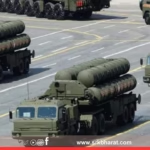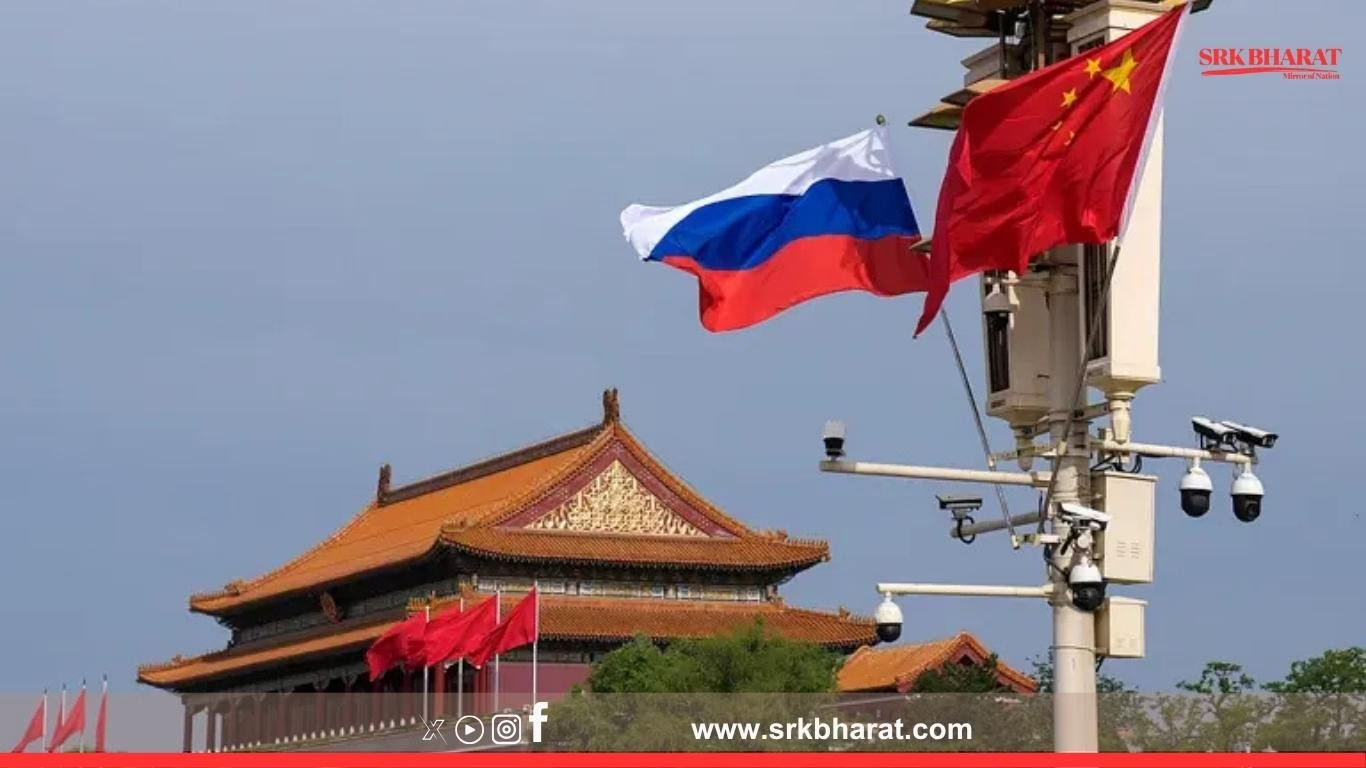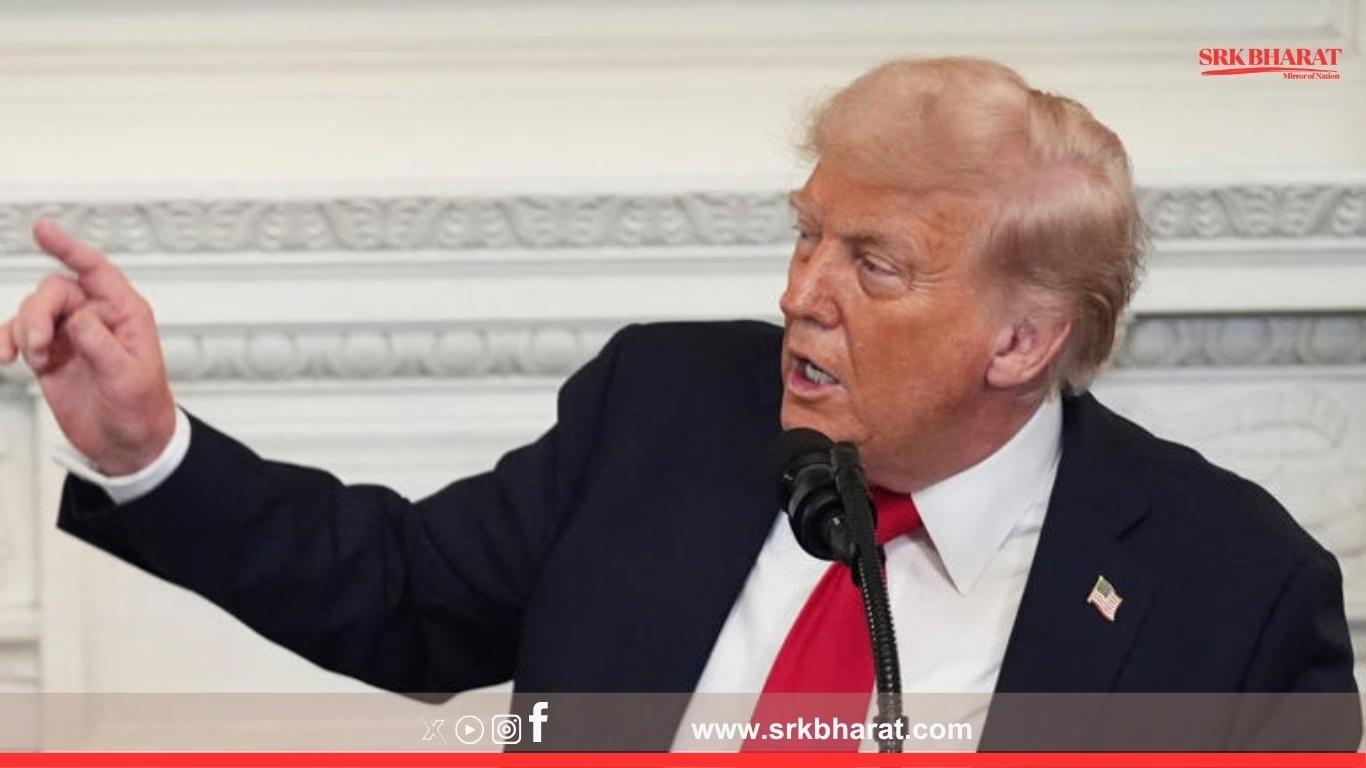In a rapidly evolving Indo-Pacific geopolitical landscape, the Quadrilateral Security Dialogue (Quad) continues to project resilience and strategic coherence. However, each member nation – the United States, India, Japan, and Australia – is recalibrating its China strategy amid economic compulsions and regional realities, underlining a nuanced approach of competitive coexistence rather than confrontation alone.
Quad’s Recent Diplomatic Activities
The Quad foreign ministers met in March 2025, reaffirming commitment to:
- Uphold freedom of navigation and territorial integrity in the Indo-Pacific.
- Advance cooperation in critical and emerging technologies, climate resilience, health security, and infrastructure development.
- Strengthen supply chain initiatives to reduce over-dependence on China in strategic sectors.
Quad joint statements consistently avoid direct mention of “China containment” but emphasise upholding a rules-based order, implicitly challenging Beijing’s assertiveness in the South China Sea and beyond.
Member States’ Simultaneous Engagement with China
Despite a robust Quad framework, recent diplomatic outreach indicates a parallel track of engagement with Beijing:
- India-China Dynamics
- India continues military deployments along the Line of Actual Control (LAC) amid border tensions, but both nations resumed Corps Commander-level talks in June 2025 to de-escalate friction points in Eastern Ladakh.
- Bilateral trade reached a record $136 billion in FY25, with India importing critical electronics and APIs despite Atmanirbhar Bharat push.
- India-China diplomatic engagements at SCO and BRICS summits signal Delhi’s policy of “compete where needed, cooperate where possible.”
- Australia-China Reset
- After years of strained ties due to Huawei bans and COVID-19 investigations, Canberra and Beijing are back to high-level visits. Australian PM Albanese met President Xi in Beijing in late 2024, unlocking $16 billion worth of coal, barley, and wine exports.
- Defence ties remain cautious, with Australia reaffirming AUKUS submarine acquisition to counter China’s Indo-Pacific naval dominance.
- Japan-China Cautious Engagement
- Tokyo maintains a hard line on East China Sea incursions but Japanese companies are reinvesting in Chinese EV battery and semiconductor sectors, driven by supply chain interdependence.
- PM Kishida met Xi Jinping on G20 sidelines, stressing the need for “constructive and stable relations.”
- US-China Competitive Coexistence
- President Biden and President Xi held their third summit in May 2025, focusing on crisis communication mechanisms, fentanyl supply chain crackdowns, and climate cooperation.
- The US continues semiconductor export restrictions and Indo-Pacific military presence expansion, while Treasury Secretary Janet Yellen has reopened economic dialogue channels.
Why Quad Remains Resilient Despite China Engagement
| Factor | Description |
|---|---|
| Shared Strategic Concerns | All Quad members view China’s assertiveness in maritime, cyber, and territorial domains as a long-term challenge. |
| Flexible Agenda | Quad cooperation extends beyond security to vaccines, climate finance, critical minerals, and 5G/6G technologies. |
| No Formal Military Alliance | Its informal, issue-based structure allows members to manage China ties bilaterally while pursuing joint Indo-Pacific goals. |
| Regional Support | ASEAN, Pacific Island nations, and Indian Ocean littorals view Quad initiatives like infrastructure funding and HADR (Humanitarian Assistance and Disaster Relief) as beneficial without polarising regional politics. |
Expert Views
Dr. Rajeswari Rajagopalan, ORF’s Senior Fellow for Security Studies, explains:
“Quad nations want to deter Chinese unilateralism without pushing Asia into a new Cold War. Engagement is tactical, but hedging against Chinese dominance remains strategic.”
US Indo-Pacific Coordinator Kurt Campbell noted recently:
“Quad is about creating options for the region, not forcing countries to choose. Our partnerships with ASEAN, the Pacific, and others reinforce that.”
China’s Perception of Quad
Chinese foreign ministry statements routinely criticise the Quad as an “Asian NATO aimed at containment,” but Chinese analysts acknowledge its pragmatic focus on non-military areas dilutes this perception among regional neighbours.
Implications for Indo-Pacific Geopolitics
- Competitive Multipolarity: The Indo-Pacific is shaping into a theatre of overlapping partnerships rather than rigid blocs.
- China’s Centrality: Beijing remains an economic magnet, compelling Quad nations to engage even as they hedge against its assertiveness.
- Resilient but Adaptive Quad: Expect Quad initiatives in critical technologies, cybersecurity, and green energy to intensify while security aspects remain measured to avoid direct conflict triggers.
Conclusion
The Quad’s durability lies in its flexible structure and shared strategic calculus, even as members pragmatically engage with China to protect economic interests. This dual-track policy of balancing and engagement defines contemporary Asian geopolitics, ensuring the Quad remains a credible forum for an inclusive, rules-based Indo-Pacific order without hard alliance rigidity.
Disclaimer: This article is based on official Quad joint statements, diplomatic briefings, and expert analyses. Readers are advised to follow upcoming Quad ministerial and leaders’ summit declarations for updated strategic directions.











